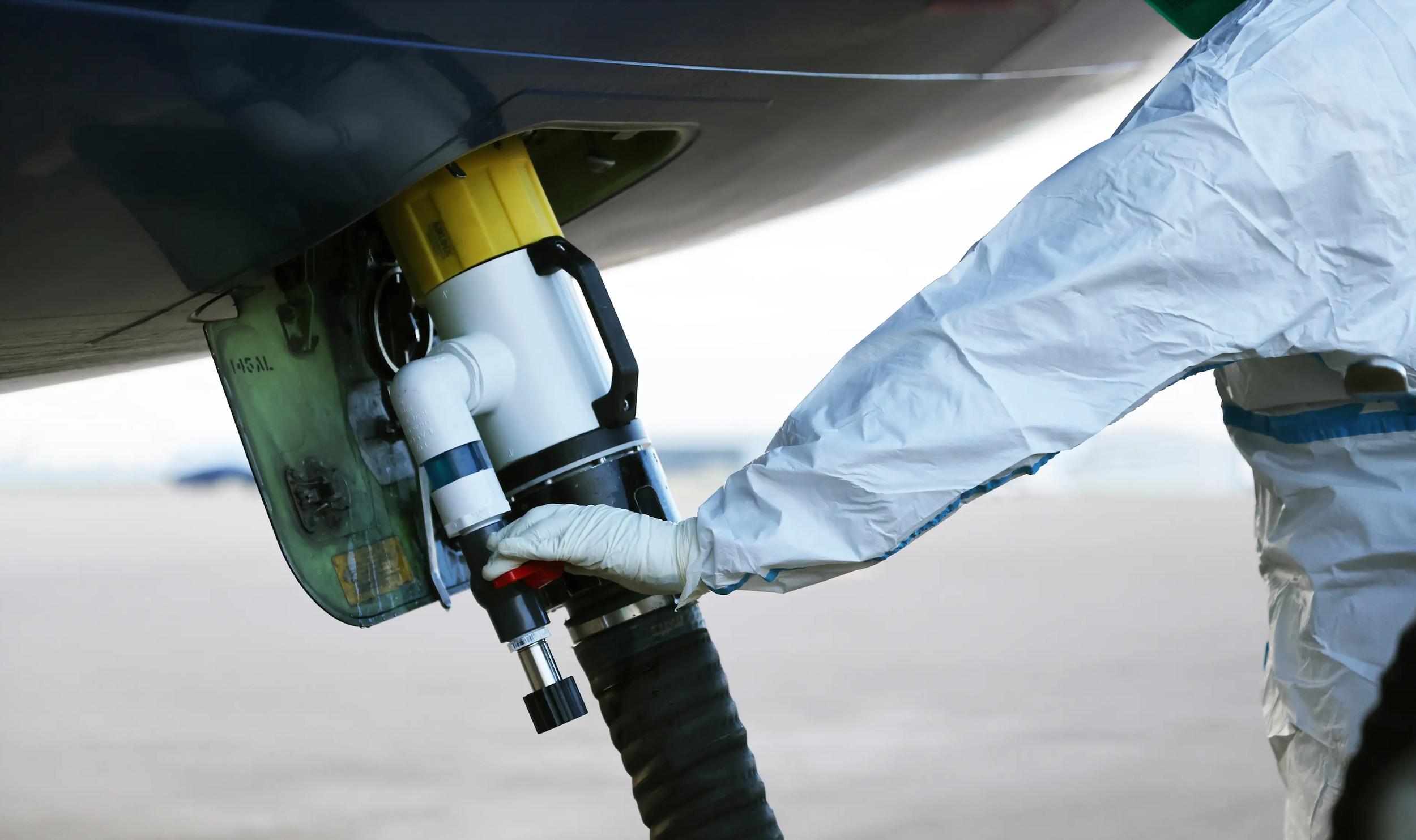
Pandemic Prevention Through Wastewater
Ginkgo Biosecurity, 2021-2025
As COVID shifted from crisis to endemic, wastewater emerged as a promising sample type for large-scale early detection. Anticipating this shift, I hired an engineer and began exploring collection solutions, initially using off-the-shelf autosamplers at buildings and municipal sites. It was a product-market fit challenge—and then the CDC expressed interest in airplane wastewater testing.
Sampling planes had never been done commercially, and no devices existed. I seized the opportunity, defining our roadmap and ultimately developing four proprietary devices. My role included team and project mgmt, cross-functional requirements gathering, supplier sourcing, product safety and labeling compliance, patent filings, client comms, and usability testing.
To move fast and learn as we went, I implemented a phased launch strategy—pre-alpha through full rollout—allowing us to iterate in real-world environments. The result: a 4-year CDC contract, deployments at major U.S. airports, global expansion into five countries, and four contracts supporting low-resource zone monitoring.
Patent Pending
WO2025029988A1
Airplane Sampler - v1
Speed to Market
When the CDC agreed to a two-month alpha pilot, we had an opening—but no product. In just three months, we designed, built, and deployed 12 fully functional units capable of sampling airplane wastewater at scale. Pulling that off under such tight timelines was a major feat—and a defining moment for the program.
V1 got us into the field fast, generating critical learnings and early revenue. The pilot’s success secured a 4-year CDC contract and ongoing deployments at JFK, EWR, and LAX, positioning us as the first to operationalize airplane wastewater monitoring.
Devices
Airplane Sampler - v2
Product Market Fit
V1 got us in the door, but scaling it revealed major friction points: each unit had to be shipped out for sanitization, and teams had to manually carry the device in and out of airports—deal breakers for many countries. It was also expensive and had low patent potential.
We began developing V2 immediately, building on everything we’d learned. The new version was lower-cost, easier to deploy, and had a disposable part that negated sanitization. It was also patentable and more user-friendly, making it a far stronger fit for long-term programs and global clients. V2 became our workhorse—extending existing contracts, opening doors to new countries, and proving we could adapt quickly to real market needs
Airport Triturator Sampler
Diversifying the Offering
Sampling airplane wastewater required airline consent—and many simply wouldn’t grant it. To work around this, we surveyed airport infrastructure and identified the triturator: a location where lavatory trucks offload waste, mixing input from multiple planes.
We adapted our existing hardware to this new use case, integrating with autosamplers and airport electrical systems so that sampling triggered only during active dumping. This allowed us to collect data from planes anonymously, without airline approval.
The triturator solution increased operational flexibility and enabled us to expand to 3 additional US airports.
Low Cost Passive Sampler
Market Expansion
In many low-income or remote regions, shipping, power, and staffing needs made traditional sampling unfeasible. To expand access, we looked to historical methods and were inspired by a passive water sampling technique used in Africa in the 1980s.
We developed a pocket-sized, low-cost sampler that could be tossed into any waste stream and left to passively collect material for up to 48 hours. It required no power, no supervision, and cost under $2 to produce.
This solution unlocked entirely new markets—crisis zones, remote areas, and low resource communities—dramatically lowering the barrier to entry for wastewater-based surveillance.



